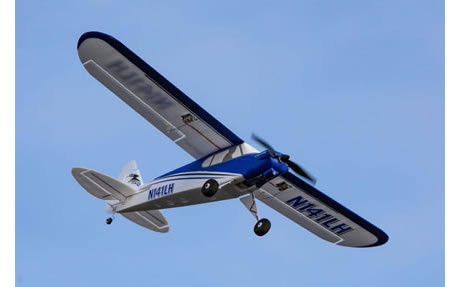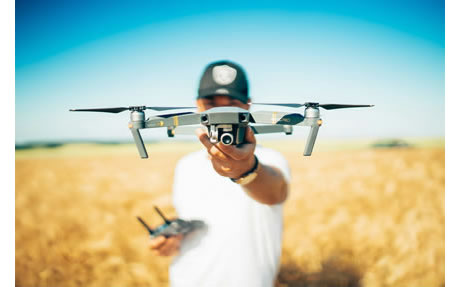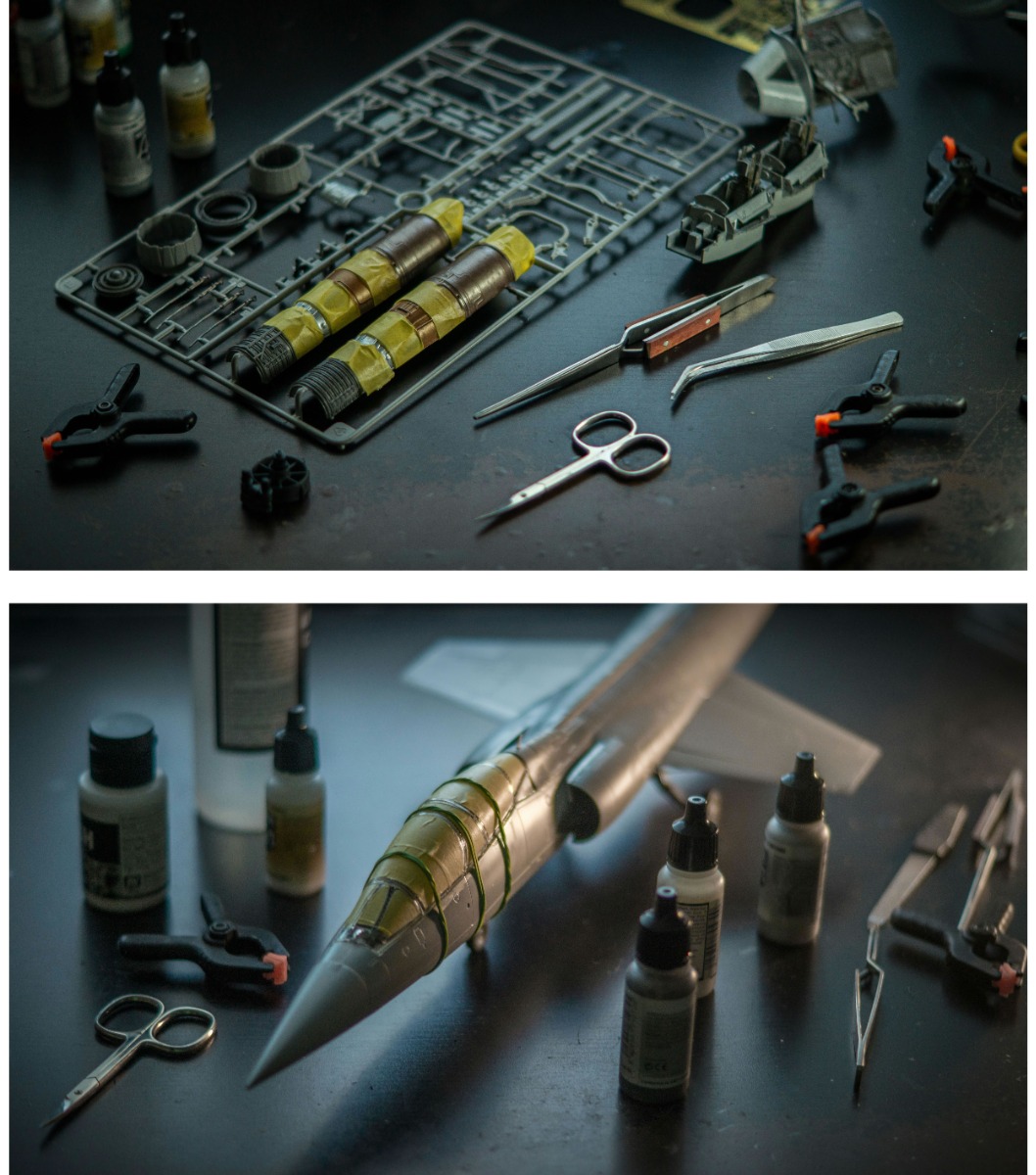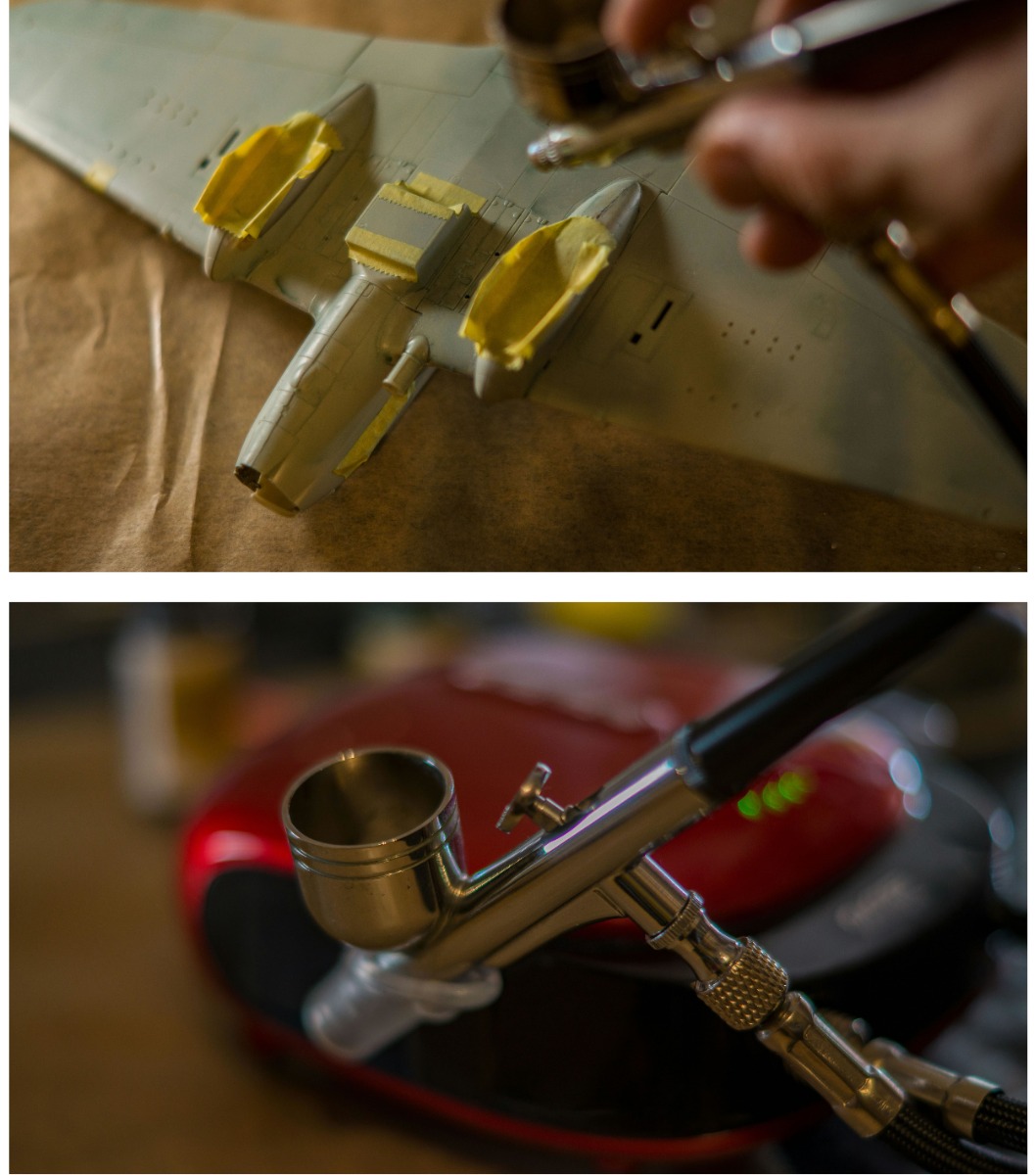Kovozavody Prostejov 1/72 Nieuport Nie-11 Bebe 'Italian Aces' # 72450
The Nieuport Nie-11, affectionately known as the "Bébé" due to its small size, was a French single-seat biplane fighter aircraft developed during World War I.
Renowned for its agility and effectiveness, the Nie-11 played a pivotal role in establishing air superiority for the Allies.
Design and Features
The Nieuport Nie-11 was a sesquiplane, featuring a larger upper wing and a smaller lower wing, which contributed to its lightweight structure and exceptional maneuverability.
The aircraft was constructed with a wooden frame covered in fabric, a common practice of the time.
It was powered by an 80 hp Le Rhône 9C rotary engine, which provided a good balance of speed and agility.
Armament
Initially, the Nie-11 was armed with a single Lewis machine gun mounted above the upper wing to fire over the propeller arc.
This over-wing mounting allowed for a clear field of fire, though it required the pilot to use a Foster mounting to reload the gun manually.
Later versions saw improvements in synchronization gear, enabling the machine gun to fire through the propeller arc.
Operational History
Introduced in 1916, the Nieuport Nie-11 quickly became a favorite among Allied pilots.
It was particularly effective in countering the Fokker Eindecker, which had dominated the skies with its synchronized machine gun.
The Nie-11's superior maneuverability and climb rate allowed it to outfight many of its contemporaries, making it a key player in regaining air superiority for the Allies.
It was widely used by the French Air Service, the Royal Flying Corps, and the air forces of other Allied nations.
Legacy
The success of the Nieuport Nie-11 "Bébé" had a lasting impact on fighter aircraft design. It led to the development of several improved Nieuport fighters, including the Nie-17 and Nie-24.
The Nie-11's contributions to the Allied air war and its role in advancing aircraft technology make it a significant aircraft in the history of World War I aviation.
Its legacy is marked by its effectiveness in combat and the advancements it inspired in subsequent fighter aircraft designs.























 Spread the cost with Paypal Credit
Spread the cost with Paypal Credit
 Spread the cost with Klarna
Spread the cost with Klarna


















